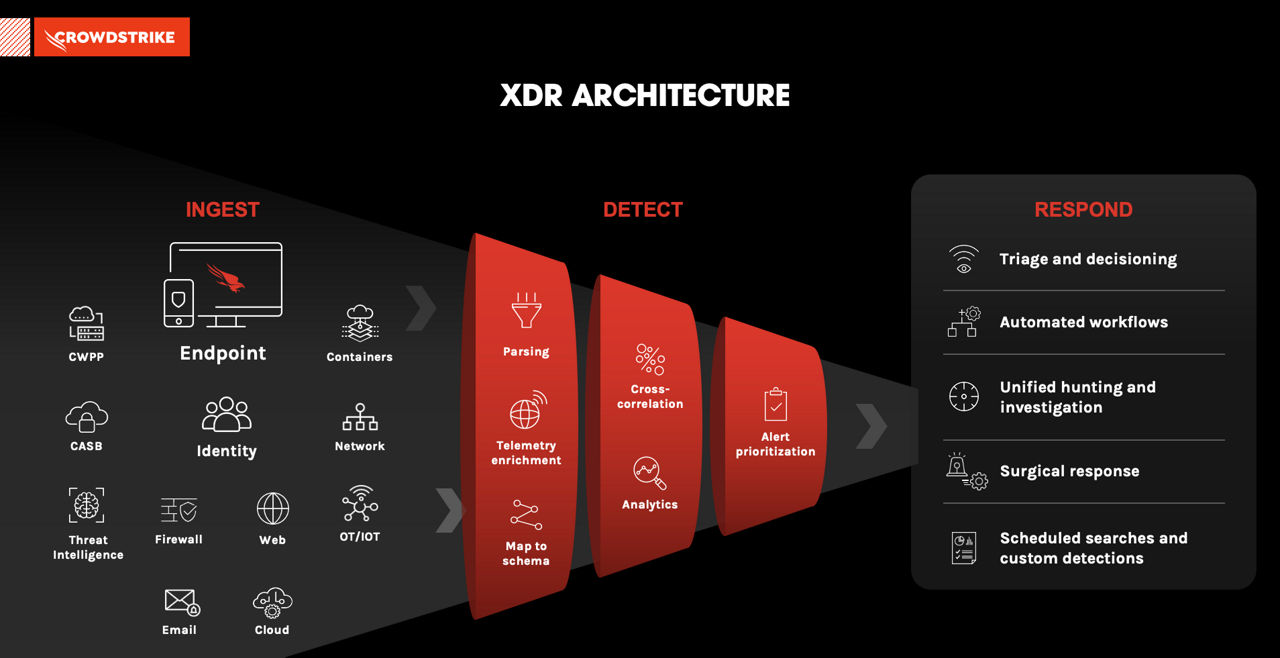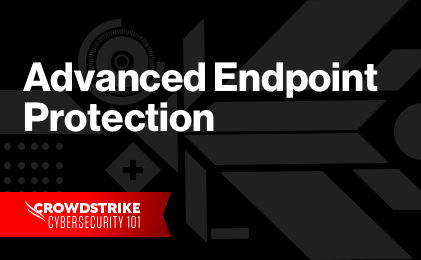Remote monitoring and management (RMM) defined
Remote monitoring and management (RMM) is used by IT departments in many organizations to help oversee and administer IT systems from a remote location. Often used in organizations with multiple locations, RMM enables a centrally located team to address IT concerns around the world. RMM is often used by managed service providers.
Within the context of cybersecurity, RMM brings advantages and disadvantages. On the one hand, security professionals on an IT team can use RMM to monitor a system for vulnerabilities or push out security updates. On the other hand, an improperly secured RMM installation on a device can become an exploitable entry point for cyberattackers.
In this post, we’ll look more deeply at the technology and functionality of RMM. Then, we’ll consider the benefits of using RMM, along with important security considerations. Let’s begin by unpacking the basics.

2024 Threat Hunting Report
In the CrowdStrike 2024 Threat Hunting Report, CrowdStrike unveils the latest tactics of 245+ modern adversaries and shows how these adversaries continue to evolve and emulate legitimate user behavior. Get insights to help stop breaches here.
Download NowUnder the hood: key technologies and functionalities of RMM
Understanding the technology and functionality of RMM is essential for any security professional to effectively leverage and safeguard its use.
Technology
The typical RMM solution is made up of the following components:
- The central server is the command center for the RMM system, communicating with agents to collect data and execute tasks. It is also responsible for analyzing data and generating alerts when predefined conditions are met.
- Remote agents are lightweight pieces of software installed on each endpoint. These agents collect endpoint system data and send it back to the central server. They can also execute commands issued by the central server, such as initiating scans or security patch installs.
- Administrators manage and monitor remote systems through a management dashboard. The dashboard offers a unified view of all managed endpoints, displaying real-time data and enabling the execution of remote tasks.
Communication between the central server and remote agents typically uses secure protocols (such as HTTPS and TLS) to ensure the authenticity and privacy of data transmitted between them.
Key functionalities
RMM tools serve multiple purposes in an organization:
- RMM tools enable endpoint monitoring, continuously collecting and transmitting data related to system performance, hardware status, and security posture. This data can trigger alerts so that IT administrators can take immediate action on issues that arise.
- RMM allows for automated maintenance, as IT administrators can automate the execution of routine tasks on endpoints through an RMM system. Tasks like software updates, data backups, and security patching can be initiated without human intervention, ensuring that systems remain up-to-date and secure.
- Administrators can also use remote access and control features in RMM systems to help endpoint users with troubleshooting or system management. Administrators no longer need to be physically present but can offer hands-on assistance to any remote location around the world.
Benefits of RMM
The advantages of RMM are clear, and they include:
- Operational efficiency: The ease of use and convenience of RMM tools significantly reduce the time and resources that an organization needs to manage its IT.
- Proactive issue resolution: Because of the endpoint monitoring afforded by RMM tools, organizations can enjoy early detection of security or performance issues and address them before they escalate.
- Enhanced security: The real-time monitoring of endpoints also aids IT management in detecting malicious activities or security incidents, helping organizations keep their networks secure.
Learn More
As ransomware operators continue to evolve their tactics, it’s important to understand the most common attack vectors used so that you can effectively defend your organization.
Security considerations in RMM
Although the benefits of an RMM solution are many, organizations must also be aware of the significant security considerations associated with its use. These include:
Access control
Implementing strict access control policies (which govern who can access an RMM system) is absolutely essential for maintaining the security of the system and your organization. Because of the extended reach of an RMM solution, unauthorized use could have detrimental impacts.
Data encryption
Whether you implement your own RMM system or use a prebuilt one, encrypting data — both in transit and at rest — is critical. Organizations must ensure that sensitive endpoint information is not exposed for unauthorized access.
Audits and compliance
Many organizations are subject to industry-specific or region-specific data regulations (such as the GDPR or HIPAA). Data collected on endpoints and sent to RMM systems may be logged, and though extensive logging may be important for auditing and compliance purposes, the logging of sensitive personally identifiable information may violate data privacy regulations. Organizations must approach this aspect with considerable care.
Conclusion
RMM offers a powerful solution for IT departments to monitor the performance and ensure the security of an organization’s endpoint components. However, the benefits RMM brings must be weighed against a sober consideration of the accompanying security issues, such as access control and data protection.
The CrowdStrike Falcon® platform provides robust endpoint detection and response (EDR) and threat intelligence to help organizations ensure a strong cybersecurity posture against modern threats. In addition, the platform includes remote remediation, equipping IT teams and security responders with the tools they need to contain remote systems, gather information, and respond to attacks. For more information, sign up for a free trial or contact CrowdStrike today.







